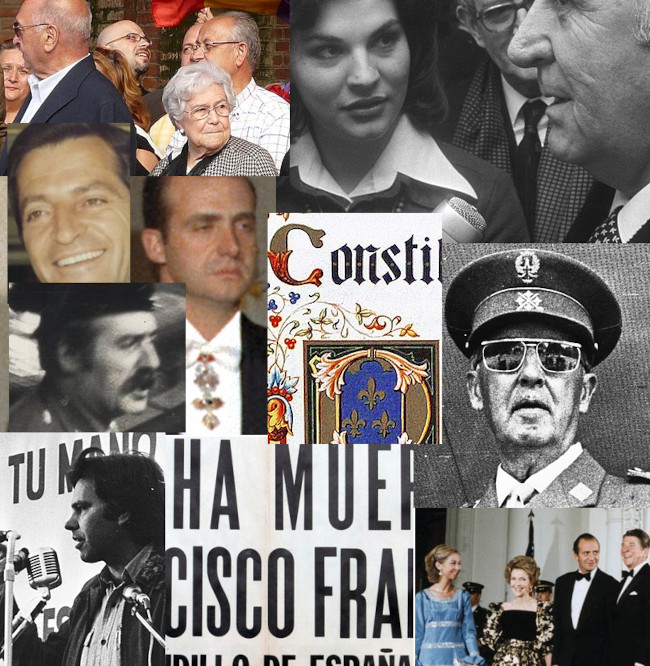Introduction
The Spanish transition from dictatorship to democracy, often referred to as the "Transición Española," is one of the most significant political transformations of the 20th century. It marked the country's peaceful shift from General Francisco Franco's authoritarian regime, which lasted from 1939 to 1975, to a parliamentary democracy. This period, spanning the mid-1970s to early 1980s, is often celebrated for its balance between reform and reconciliation.
The End of Franco's Regime
Francisco Franco ruled Spain with an iron fist for nearly four decades. His regime was characterized by political repression, censorship, and the suppression of regional identities. However, Franco's death in November 1975 set the stage for a dramatic political transformation. King Juan Carlos I, who had been groomed by Franco as his successor, became the key figure in orchestrating the transition.
The Role of King Juan Carlos I
Initially perceived as a loyal supporter of Francoist ideals, King Juan Carlos I quickly defied expectations. He championed democratic reforms and worked closely with reformist politicians, including Adolfo Suárez, who became Prime Minister in 1976. Under their leadership, Spain took significant steps toward democratization, including the legalization of political parties and the drafting of a new constitution.
Key Milestones
Several pivotal events marked Spain's transition to democracy:
- The 1976 Political Reform Act: This act dismantled the Francoist legal framework and called for democratic elections.
- The 1977 General Elections: Spain held its first democratic elections since the 1930s, leading to the formation of a diverse parliament.
- The 1978 Constitution: A new democratic constitution was overwhelmingly approved, establishing Spain as a parliamentary monarchy.
- The 1981 Coup Attempt: Despite an attempted military coup, the resilience of democratic institutions and King Juan Carlos's intervention reaffirmed Spain's commitment to democracy.
Challenges and Successes
The transition was not without challenges. Spain faced political polarization, economic difficulties, and the threat of violence from extremist groups such as ETA. Despite these obstacles, the process was remarkably peaceful, thanks to widespread consensus among political elites and the Spanish public's desire for change.
By the mid-1980s, Spain had fully consolidated its democracy and joined the European Economic Community (now the European Union), symbolizing its integration into the broader democratic world.
Conclusion
The Spanish transition to democracy is a testament to the power of negotiation, compromise, and the collective will for a better future. It stands as a model of peaceful political transformation and remains a defining chapter in Spain's modern history.


